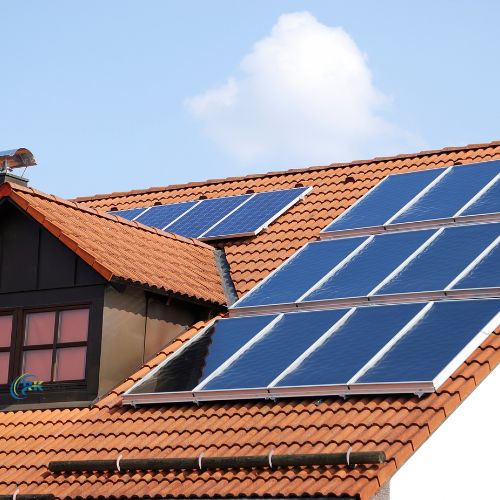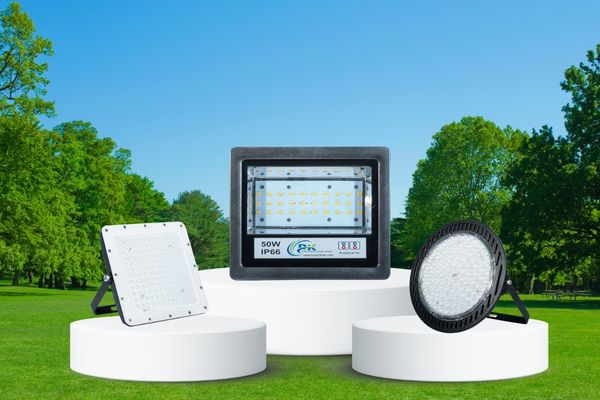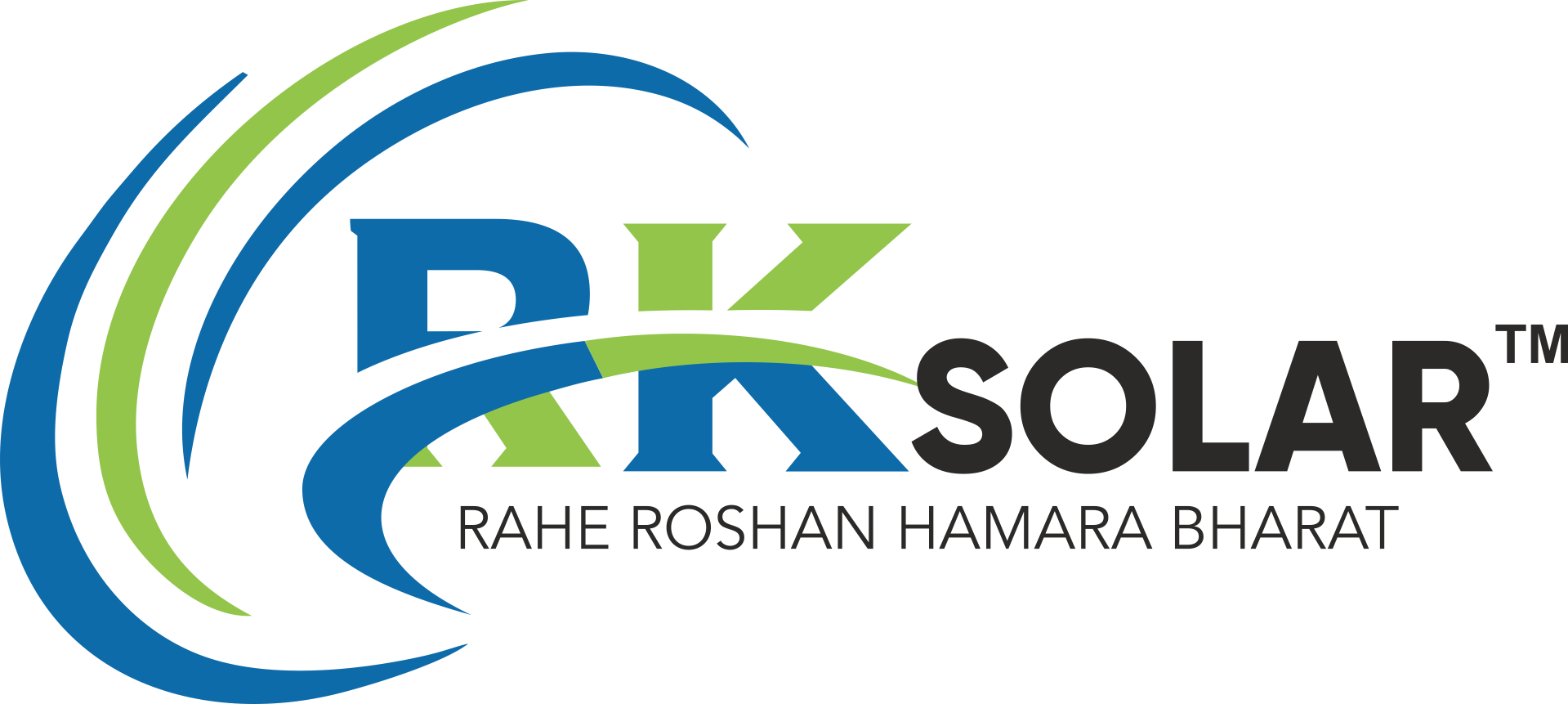
What is a Solar Panel and How Many Types Are Available in India?
In recent years, solar energy has emerged as one of the most promising renewable energy sources across the globe, and India is no exception. With rising electricity bills and increasing environmental concerns, more homeowners and businesses are turning to solar power to meet their energy needs. But before making the switch, it’s essential to understand what a solar panel is and the types of solar panels available in India.
🌅 What is a Solar Panel?
A solar panel, also known as a photovoltaic (PV) panel, is a device that converts sunlight into electricity. It is made up of many solar cells composed primarily of silicon, a semiconductor material. When sunlight hits these cells, it triggers the photovoltaic effect, generating direct current (DC) electricity. This DC power is then converted into alternating current (AC) using an inverter—making it usable for homes, offices, and industries.
🔍 Why Use Solar Panels?
-
Eco-Friendly: Produces clean, green energy.
-
Cost-Effective: Reduces electricity bills.
-
Low Maintenance: Long-lasting with minimal upkeep.
-
Government Support: Subsidies and incentives available.
⚡ Types of Solar Panels Available in India
India offers a variety of solar panels to cater to different needs, climates, and budgets. The three most common types are:
1. Monocrystalline Solar Panels (Mono-SI)
🔹 Features:
-
Made from a single crystal of silicon.
-
Black in appearance with rounded edges.
-
High efficiency (18%–22%).
✅ Pros:
-
Space-efficient.
-
Performs well in low-light conditions.
❌ Cons:
-
More expensive than other types.
Best For: Urban areas with limited rooftop space.
2. Polycrystalline Solar Panels (Poly-SI)
🔹 Features:
-
Made from multiple silicon crystals melted together.
-
Bluish in appearance with square-shaped cells.
-
Moderate efficiency (15%–17%).
✅ Pros:
-
Cheaper than monocrystalline panels.
-
Suitable for large spaces.
❌ Cons:
-
Lower efficiency compared to monocrystalline.
Best For: Rural or industrial areas with ample space.
3. Thin-Film Solar Panels
🔹 Features:
-
Made by placing one or more thin layers of photovoltaic material on a substrate.
-
Flexible and lightweight.
✅ Pros:
-
Aesthetically pleasing.
-
Performs better in high temperatures and shaded areas.
❌ Cons:
-
Lower efficiency (10%–12%).
-
Shorter lifespan compared to crystalline panels.
Best For: Building-integrated applications and commercial rooftops.
🏷 Bonus: Emerging Technologies
-
Bifacial Solar Panels: Can absorb light from both sides.
-
PERC Technology Panels: Improved mono panels with higher efficiency.
🏁 Final Thoughts
India’s solar industry is booming, thanks to government initiatives like PM-KUSUM, Rooftop Solar Scheme, and state-level subsidies. Whether you're installing solar panels on a residential rooftop or a commercial building, understanding the types of panels available helps you make an informed decision.
If you're considering going solar, choose the panel type that best matches your location, budget, and energy needs—and contribute to a greener tomorrow. 🌍


